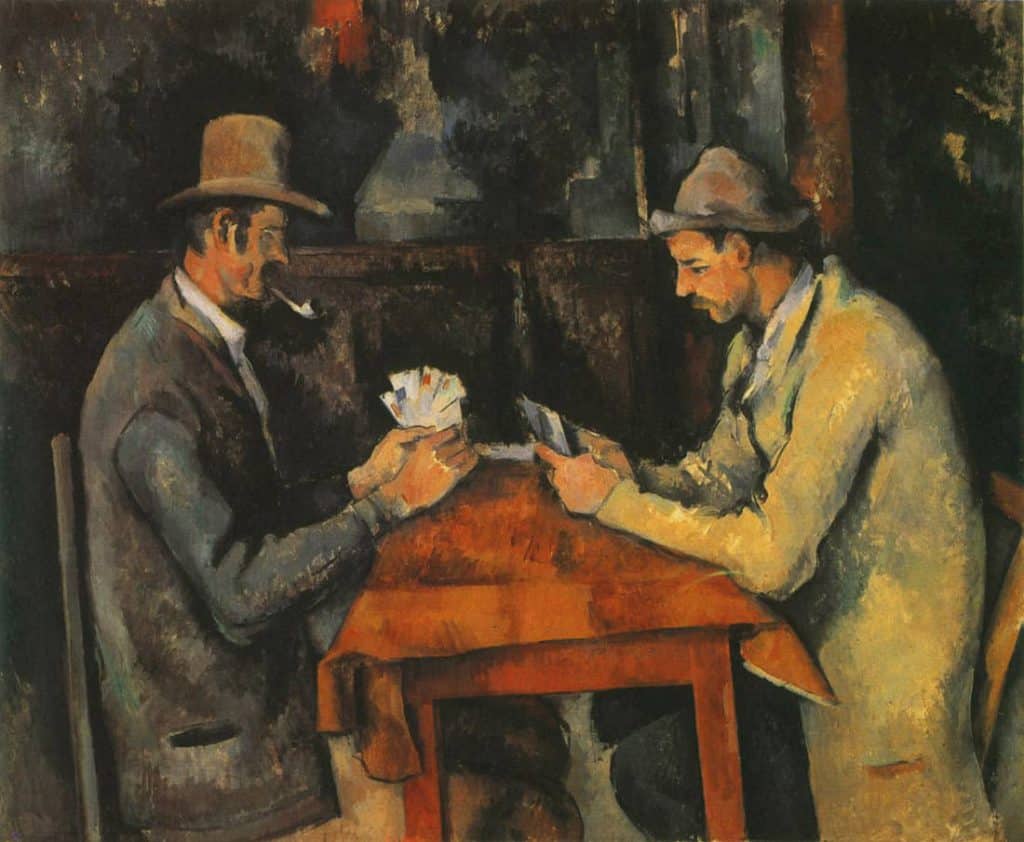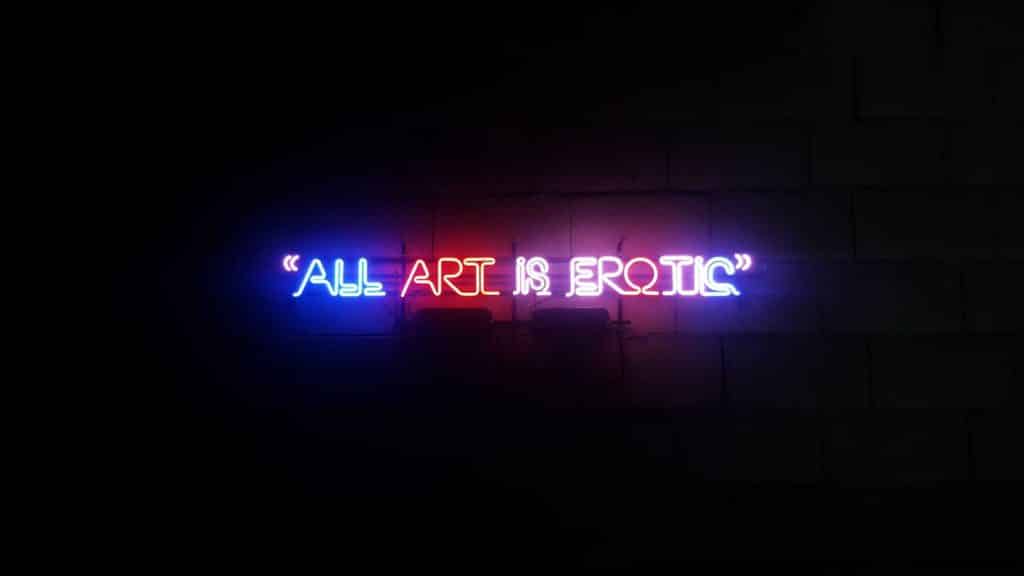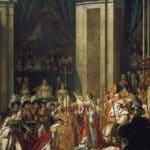Why invest in art?
Nowadays, more and more people who have liquidity available decide to invest it, in order to avoid its devaluation and, possibly, to obtain an economic benefit.
The current market offers many and different investment possibilities, offering a heterogeneity of solutions that often make the choice difficult, in search of the least risky option and which allows a greater benefit.
The premise is that the world of art as an investment sector also contains a diversified offer, being able to choose between various areas: antiques, modern art and purely art, and therefore going from paintings to sculptures, furnishings and objects, including books.
The common denominator among all is being products whose value, and not only economically understood, is determined both by their aesthetic presence, but above all by a real aura that surrounds them, constituted by the historical value of which they are bearers, expression of the taste and culture of man of a given chronological moment.

Anyone who invests in art must therefore, first of all, grasp this intrinsic characteristic of the good and enjoy it aesthetically and culturally, aware that he is dealing with a unique item of its kind, a real artifact that is transformed into a historical document.
In addition to personal gratification, the purchase of a work of art or an antique piece of furniture can also prove to be an interesting choice from a purely economic point of view.
In fact, these assets must be counted among the so-called “safe-haven assets”, ie all those products whose value is not affected by periods of market or stock market difficulty, remaining constant over time.
If the commitment of excess liquidity in order not to risk its devaluation was the first reason for buying works of art until the 1990s, with the beginning of the new millennium and the globalization of the market, this activity has also begun to be seen. as a real formula that could bring a profit, and no longer only by the small elites who had a large portfolio, but also by small and medium investors.
This is demonstrated by the data according to which every year 80% of lots in auction houses around the world are accessible for less than € 5000.

Certainly the purchase of a work of art is a decision that must be carefully considered following a careful analysis.
The first suggestion we would like to give is to make use of the support of qualified personnel such as an expert and turn to transparent realities in the trading activity, thus being able to know in detail the complexity of this world and the risks that can be found there.
Among these there must be the awareness that the investment in a work of art cannot be released at will or at any time, not so much for the loss of value of the asset (we have already said how, if done well, the purchase of a work of art can hardly lead to an economic loss), but due to the different situation of the market, which is also affected by the fashions and tastes of the moment and therefore raising or lowering the demand for one or the other item.
The decision of the artistic category in which you decide to invest is just as personal and dictated by well-studied choices: buying an ancient work of art, for example, allows for greater security and stability but differences in market demand (and therefore of evaluation ) they may simply be present in the subject depicted, according to the trend of the moment.
A contemporary painting or sculpture can instead constitute a greater risk, but also the possibility of a higher profit, where the artist acquires fame and importance over the years, with a consequent revaluation of his art as well.
Despite the more practical reasons that lead to a favorable inclination to purchase a work of art, the aesthetic-emotional factor is the engine of choices of this type to which, unlike other investment areas, it decides only at a later time. to also consider the economic factor.
Buy first of all those who love art and are attracted to it.
In summary, here are the four reasons why it is worth investing in art:
- For the personal gratification you feel in purchasing a work of art
- For the intrinsic aesthetic value of the work of art itself
- Because works of art represent safe haven assets
- Because most of the works of art are also accessible to spending portfolios of less than € 5,000




